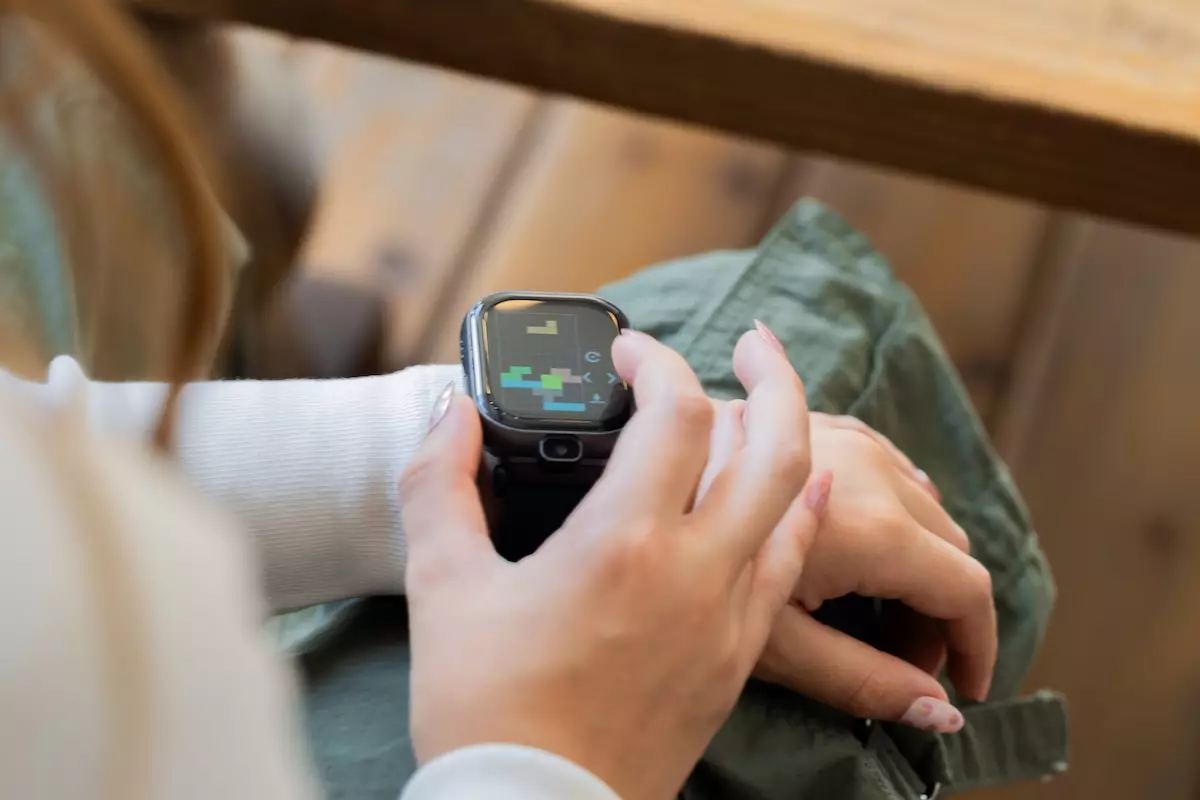In an era dominated by digital connectivity, parents face mounting anxieties about their children’s online safety. The proliferation of smartphones and social media has transformed childhood into an unpredictable digital landscape, often leaving guardians feeling powerless. Recognizing this concern, innovative companies like Pinwheel are shifting the paradigm. Instead of resorting to fear-driven restrictions, they are creating devices that balance safety with engagement, offering a compelling alternative to the traditional smartphone. The Pinwheel Watch exemplifies this approach—a device that prioritizes child protection without compromising the crucial elements of communication and learning. It embodies a strategic move towards empowering children to navigate their digital worlds responsibly, with parents maintaining oversight without complete control. This shift marks a significant evolution in how we perceive child-friendly technology, emphasizing trust, transparency, and developmentally appropriate features.
Design and Features: A Thoughtful Approach to Kid-Friendly Technology
At first glance, the Pinwheel Watch appears sleek and modern, designed to appeal visually to children aged 7 to 14. With its understated black aesthetic and slightly larger screen than a typical smartwatch, it signals a seriousness that counters the often flashy, distraction-laden devices marketed to youth. The device doesn’t aim to replicate adult smartphones but instead offers tailored functionalities—calling, messaging, a camera, and mini-games—fostering a space for safe exploration and interaction. Unlike traditional devices that expose children to a web of online hazards, the Pinwheel Watch limits internet access and social media, reducing exposure to misinformation, cyberbullying, and inappropriate content. Its parental control tools are robust, allowing guardians to craft a personalized digital environment, setting boundaries around who children can communicate with and when. The inclusion of a GPS tracker provides peace of mind for parents wanting to keep tabs on their children’s whereabouts, while features like voice activation and a simple keyboard facilitate straightforward communication—content and context being key to fostering responsible use.
Introducing PinwheelGPT: A Double-Edged Sword
One of the more innovative aspects of the device is the integration of PinwheelGPT—an AI-powered chatbot designed as a safer digital companion for children. While this introduces an array of educational and entertaining opportunities, it also stirs controversy. AI chatbots are often criticized for their potential to disseminate misinformation or foster dependency, especially among impressionable children. Nevertheless, Pinwheel’s developers have implemented safeguards to mitigate these risks, training the AI to recognize sensitive or inappropriate topics, and encouraging children to discuss complex issues with trusted adults. Parental oversight remains central; all interactions are transparent, with full access to Chat histories, ensuring guardians can intervene if necessary. Despite this, skepticism persists. AI, inherently imperfect, may still respond unexpectedly or downplay nuances, raising questions about long-term reliance on digital assistants as sources of guidance. While innovation is necessary, a cautious approach should accompany the integration of AI in devices meant for impressionable minds.
The Market and Ethical Considerations
Pinwheel’s foray into the $100 billion wearable market underscores a growing recognition of the need for safer, more age-appropriate devices. Their strategy of focusing exclusively on children differentiates them from giants like Apple and Fitbit, positioning their product as more than just a gadget—it becomes a tool for responsible independence. However, this niche raises ethical questions around data privacy and the potential normalization of digital surveillance. Although the company states that they do not use data for AI training or marketing, the very act of tracking location, messaging, and interactions inherently risks creating a digital footprint that parents and children may not fully grasp. The balance between safety and privacy is delicate; empowering parents with monitoring tools must not inadvertently condition children to accept surveillance as a norm. Still, the device’s user-centric safeguards—such as the option to disable the AI assistant or limit communication modes—are steps in the right direction. The real challenge lies in fostering open dialogues about digital citizenship, ensuring children learn to navigate technology with confidence and integrity, not just compliance.
Bridging Technology and Trust in Childhood Development
Ultimately, the strength of devices like the Pinwheel Watch hinges on their capacity to cultivate trust rather than erode it. Parents need tools that not only shield their children from harm but also nurture their independence. The inclusion of features like mini-games and a camera encourages creative play and social engagement within a controlled environment. Conversely, a device that only restricts can induce frustration or rebellion, defeating its purpose. The Pinwheel Watch exemplifies a nuanced approach—providing children with resources to learn, connect, and grow, while safety features keep guardians informed and involved. Its success will depend on how well it can balance regulation with freedom, intimacy with oversight. If it manages to do this, it might fundamentally redefine childhood development in the digital age, moving away from fear and restriction toward empowerment, understanding, and responsible digital citizenship.

